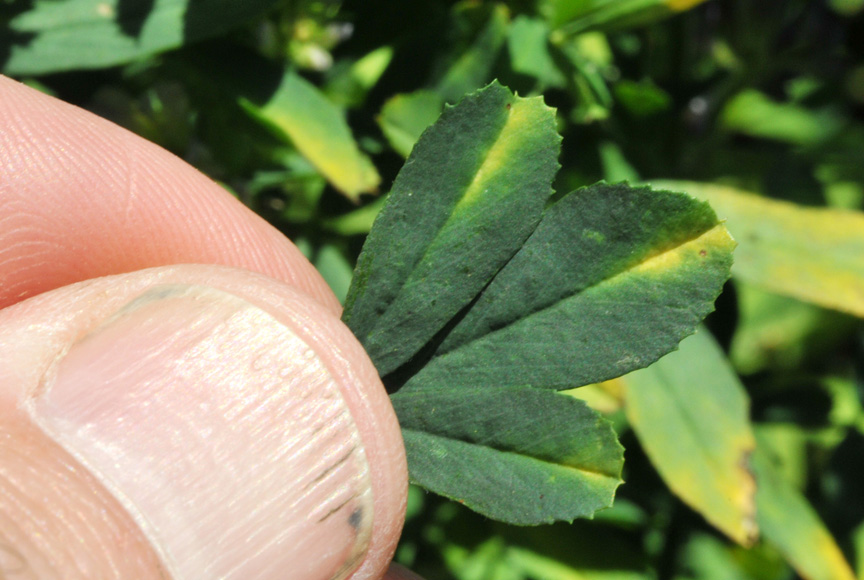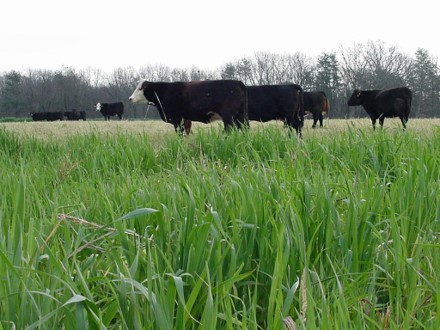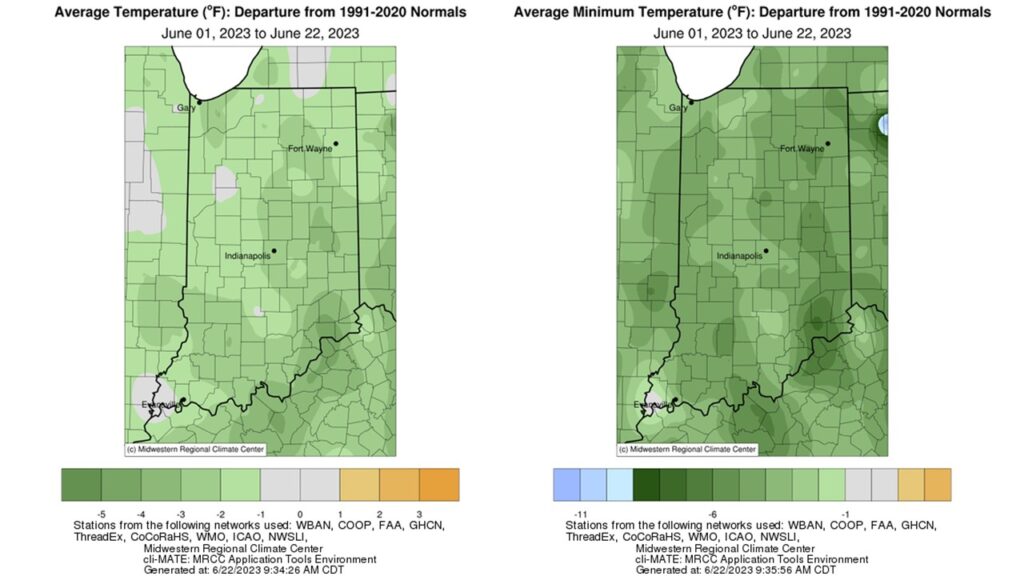
Potato leafhopper populations have been increasing with the warming temperatures and dry weather in most areas of the state.

Potato leafhopper populations have been increasing with the warming temperatures and dry weather in most areas of the state.

The weather forecast is desirable for rain the next several days. The following are considerations to heed to improve forage growth and inventory of stored feed for ruminant livestock and equine if the forecast holds true. Inventory current forage resources and routinely determine how much more forage, other than what you have at time of assessment, might be needed to get to spring grazing in 2024. If forage inventory continues to be low despite a return for more usual rainfall, strategize a plan to avoid the stress of an immediate crisis. Keep in mind that hay purchase can be expensive if delayed until late winter. The following link has many points of consideration. (Beef Management Practices: When Forages are in Short Supply Because of Drought). Scout pasture for weed species present and develop a control plan if they are competing with desired forages and/or are poisonous concerns. An excellent resource[Read More…]

The biggest challenge so far this year for Indiana corn production has been the dry conditions experienced throughout the state (Figure 1).
2023 Western Bean Cutworm Pheromone Trap Report

The number of harvestable kernels per ear is an important contributor to the grain yield potential of a corn plant.

Corn growth stages are quite variable across Indiana but a number of areas with early planted corn about waist high.
This half-day, hands-on event will focus on the grain and fiber hemp research being conducted at Purdue as part of a multi-state collaboration.

This week, the calendar transitioned from spring to summer. Lack of rainfall in most of Indiana has unfortunately continued to be a concern to vegetation wellbeing, pastures included. You likely were told to clean up all the food on your plate when you were a child sitting at the kitchen or dining room table. That was a good recommendation to reduce food waste and to make sure the dollars earned by your parent or guardian were not “thrown in the trash”. Consider this – If the soil in the pasture is the plate and the forages growing in the soil is the food on the plate to be eaten, having livestock, analogous to the child at the table, grazing the soil bare of vegetation is a concern. The figure below found in “Forages Volume 1 – an introduction to grassland agriculture” is an excellent illustration of what happens to[Read More…]

Below-normal temperatures continued through the first 21 days of June as the state average temperature was 68.3°F, which was 1.8°F below the 1991-2020 climatological normal. Temperature departures were 1-5°F below normal across the state, with larger departures in eastern and southern Indiana (Figure 1, Left). Maximum temperatures were near normal for the entire state, and minimum temperatures ran 1-9°F below normal (Figure 1, Right). Dry air and limited overnight cloud cover are to blame. Several locations measured minimum temperatures in the 40s at some point this month, but Franklin County recorded a chilly 36°F on June 9th. This station also tied with Shelby County for the second highest temperature recorded so far this month, 95°F, which occurred on June 3. Dubois County hit 97°F on June 4th. There were more than 20 daily low temperature records broken or tied during the second week of June. Over the last week, maximum[Read More…]

Pheromone trapping for western bean cutworm moths began this past week. Though typically not initially impressive (see “Western Bean Cutworm Pheromone Trap Report”) this is just the beginning of an extended moth emergence and flight, with peak activity expected 2-3 weeks from now. Those in high-risk areas, i.e., sandy soils, high moth flight, northern Indiana counties and western bean cutworm history, should be gearing up for field scouting of corn, even those with Bt-traits. Remember that WBC larvae are no longer susceptible to most of the Bt traits in our corn hybrids (including those in SmartStax hybrids) and therefore scouting, followed by timely insecticide sprays are really the only reliable control option for the vast majority of producers in the zone where this insect is common. This is principally the northern tier of counties in Indiana, extending into Michigan and parts of Ohio. Only Bt hybrids expressing the Vip3a toxin[Read More…]
© 2026 Purdue University | An equal access/equal opportunity university | Copyright Complaints | Maintained by Pest&Crop newsletter
If you have trouble accessing this page because of a disability, please contact Pest&Crop newsletter at luck@purdue.edu.